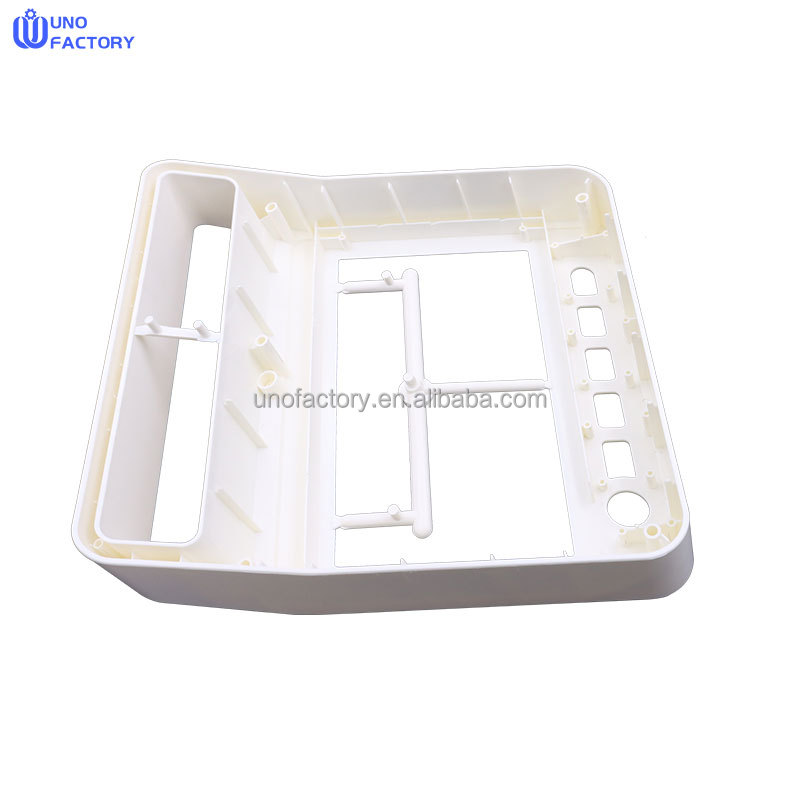Time to read: 6 min

Within the manufacturing sector, the injection molding process stands as a cornerstone technique, requiring meticulous planning and execution. Design for Manufacturing (DFM) in injection molding is not just a step, but a strategy that ensures cost-effective production while maintaining quality. This article delves into the significance of DFM in injection molding, highlighting its benefits and the factors to consider during the design phase.
In the intricate world of manufacturing, the injection molding process is renowned for its efficiency and precision. However, to achieve optimal results, every aspect of design and production must be carefully considered. This is where Design for Manufacturing (DFM) comes into play, acting as a bridge between concept and creation.
The Importance of DFM in Injection Molding
DFM in injection molding is a critical process that evaluates part design with manufacturability as the focal point. It's not merely about designing a part; it's about designing a part that can be efficiently produced.
1. Ensuring Manufacturing Feasibility
DFM initiates by predicting the feasibility of manufacturing a designed part. This preemptive assessment helps avoid costly production delays or failures, ensuring that the part design is viable from the outset.
2. Preventing Part Failure
A part that fails to perform its intended function can lead to significant financial losses. DFM helps identify and mitigate potential defects, ensuring the part's reliability and functionality.
3. Unraveling Manufacturing Complexities
DFM allows designers to understand the complexities involved in manufacturing a part, such as the use of undercuts and draft angles. This insight helps in planning the mold design and production process effectively.
Factors to Consider During DFM in Injection Molding
Optimizing the injection molding process for manufacturing involves considering numerous factors, each crucial to the production's success.
1. Material Selection
Material selection is paramount, influencing not just the part's function but also its manufacturability. Factors such as shrinkage rate, assembly compatibility, and cost must be carefully evaluated.
2. Draft
The draft angle on a part's vertical walls is essential for easy ejection from the mold. DFM checks ensure that the draft is sufficient for the part to be ejected without damage.
3. Uniform Wall Thickness
Variations in wall thickness can lead to incomplete filling or deformation of the part. DFM ensures uniformity, promoting consistent material flow and reducing defects.
4. Gate Location
The location of gates affects the resin flow and the part's quality. DFM helps determine the optimal gate location for efficient material flow and ease of separation.
5. Rib Design
Ribs can reinforce parts without increasing wall thickness. However, their design must consider the part's thickness to avoid defects like stretch marks.
6. Radii on Edges and Corners
Adding radii to edges and corners reduces stress concentration and improves material flow, enhancing part strength and ease of manufacturing.
7. Undercuts
Undercuts can complicate part ejection. DFM helps in planning their inclusion or finding alternatives to simplify the mold design and reduce costs.
Why Choose Unofactory for Your DFM Needs
At Unofactory, we understand the importance of DFM in injection molding. Our team of experts utilizes the latest software to evaluate and optimize your part design for manufacturability.
The Benefits of Plastic Parts DFM Analysis
Our DFM analysis offers numerous benefits, including quicker lead times, faster time to market, reduced production costs, higher part quality, and minimized wastage.
Conclusion
Incorporating DFM in your injection molding process is not optional but essential. It streamlines production, reduces costs, and ensures the quality of your parts. For expert DFM analysis and injection molding services, trust Unofactory to deliver results that meet your exact specifications.




